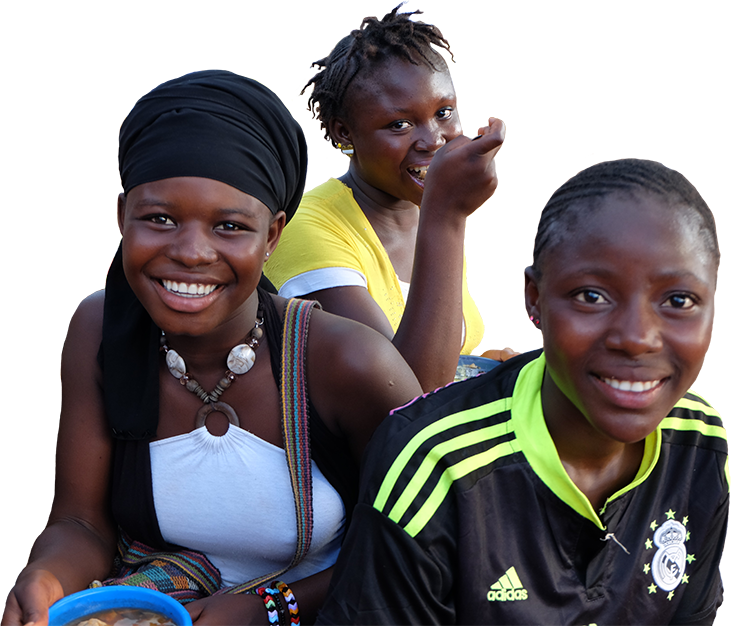Nutrition services typically do not prioritize adolescents and adolescent-friendly health services rarely include nutrition. Nutrition services need to be responsive to adolescents’ unique needs and priorities and address the barriers they face in accessing services. Programs must consider the diversity of adolescents’ situations and experiences, as well as the varied social norms and expectations of adolescents in the family and community. The Adolescent Nutrition Resource Bank includes guidelines and tools used in nutrition services for adolescents.If you have relevant service delivery documents or tools, please send them to info@advancingnutrition.org.
We found 136 resource(s)
Guidance on Appropriate Use and Considerations for Limiting Anemia Testing, Assessment and Screening using Hemoglobin in Public Health Anemia Reduction Efforts for Adolescents
Brief published by Nutrition International in
This brief provides guidance on appropriate use and considerations for limiting anemia testing, assessment, and screening using hemoglobin in public health anemia reduction efforts for adolescents.
Building Rights for Improved Girls Health in Tanzania (BRIGHT): Empowering Adolescents in Tanzania to Exercise their Sexual and Reproductive Health and Nutrition Rights
Brief published by Nutrition International in
The webpage provides key information about the Building Rights for Improved Girls Health in Tanzania project in Tabora, Tanzania. It is a seven-year integrated adolescent nutrition initiative designed to build agency and empower adolescents (aged 10–19 years) to exercise their sexual and reproductive health and nutrition rights using youth-…
Special Issue "Nutrition Guidelines for Adolescent Growth and Development"
Journal Article published by Academic Journal in
Although adolescence is a nutrition-sensitive phase of growth, nutritional guidelines specifically focusing on this age group are limited, particularly those that focus on nutritional problems related to energy and macronutrient excess and micronutrient deficiencies. This special issue compiles papers that highlight nutritional recommendations for…
Nutrition International’s Work to Improve Nutrition for Adolescent Girls
Brief published by Nutrition International in
This brief summarizes key information on the Adolescent and Women’s Health and Nutrition program, supported by Nutrition International, in eight countries in Asia and Africa. The program aims to improve the health and well-being of adolescents by reducing anaemia in adolescent girls through weekly iron-folic acid supplementation and empowering…
VIDEO: Building the Future of Girls: Alive & Thrive Interventions to Improve Adolescent Nutrition in Ethiopia
Video/Animation published by Alive & Thrive in
These videos summarize testimonials from health workers, teachers, and adolescent students who were part of the Alive & Thrive intervention in Amhara; Somali; and Southern Nations, Nationalities, and People's regions of Ethiopia.
Weekly Iron and Folic Acid Supplementation and Nutrition Education for Adolescent Girls
Journal Article published by Emergency Nutrition Network (ENN) in
This article summarizes the activities carried out by Nutrition International in six countries with a high burden of anemia in adolescent girls. The program collaborated with governements in various countries and facilitated weekly implementation of iron folic acid supplementation.
An Integrated Multisector Approach to Improve the Nutritonal Status among School-Age Children and Adolescents in Malawi
Journal Article published by Emergency Nutrition Network (ENN) in
The article summarizes two different programs implemented by the Malawian governement to support the weekly supplementation of iron and folic acid for adolescent girls in and out of school in six districts. It also describes the government's efforts to implement nutrition-sensitive farming in ten districts in Malawi.
Adolescent Nutrition Counseling Training - NURTURE
Training Material published by Save the Children in
This resource package provides training materials from a Training of Trainers on Adolescent Nutrition Counseling in Laos. It contains interactive activities for participants, including simulations and role-playing, and includes strategies for engaging with adolescents.



